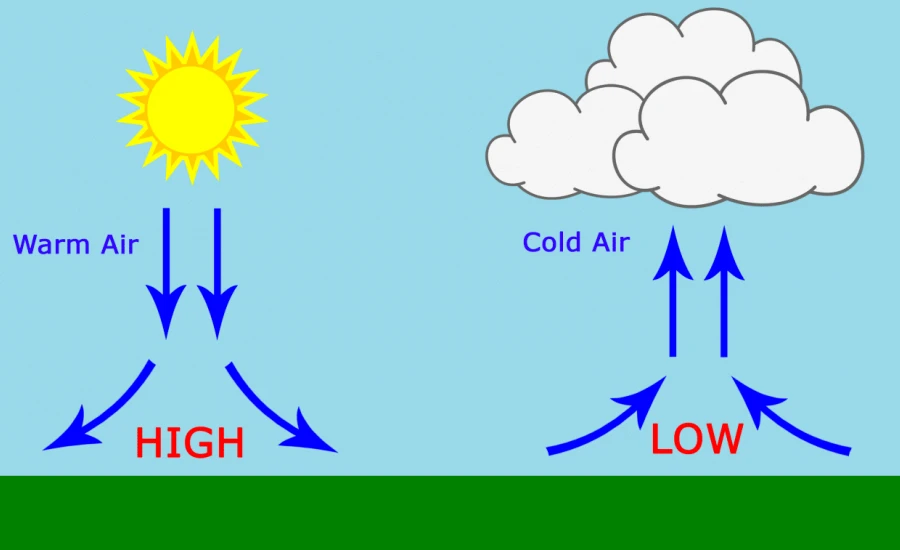
# Ambient Pressure Definition and Its Significance in Physics
## What Is Ambient Pressure?
Ambient pressure refers to the pressure of the surrounding environment at any given location. It is the force exerted by the weight of the atmosphere per unit area on a surface. Typically measured in units such as pascals (Pa), atmospheres (atm), or pounds per square inch (psi), ambient pressure varies depending on altitude, weather conditions, and geographic location.
At sea level, the standard ambient pressure is approximately 101,325 Pa (1 atm or 14.7 psi). This value decreases as altitude increases due to the thinning of the atmospheric layers above.
## The Physics Behind Ambient Pressure
Ambient pressure is a fundamental concept in fluid mechanics and thermodynamics. It plays a crucial role in understanding how gases and liquids behave under different environmental conditions. The pressure exerted by the atmosphere is a result of the constant collisions of air molecules with surfaces.
Key factors influencing ambient pressure include:
– Altitude: Higher elevations experience lower ambient pressure
– Temperature: Warmer air tends to have slightly lower pressure
– Weather systems: High and low pressure systems affect local ambient pressure
## Applications of Ambient Pressure in Science and Technology
Understanding ambient pressure is essential in numerous scientific and technological fields:
### 1. Aviation and Aerospace
Aircraft and spacecraft must account for changing ambient pressure during ascent and descent. Cabin pressurization systems maintain a safe environment for passengers and crew.
### 2. Meteorology
Weather forecasting relies heavily on measuring and interpreting changes in ambient pressure, as these variations indicate approaching weather systems.
### 3. Industrial Processes
Many manufacturing processes, particularly those involving gases or vacuum systems, require precise control of ambient pressure conditions.
### 4. Human Physiology
The human body responds to changes in ambient pressure, which is why divers must consider pressure effects when descending and ascending, and why mountaineers may experience altitude sickness.
## Measuring Ambient Pressure
Scientists and engineers use various instruments to measure ambient pressure:
– Barometers: Traditional mercury or aneroid devices
– Digital pressure sensors: Modern electronic measurement tools
– Altimeters: Specialized pressure gauges calibrated for altitude
## The Importance of Standard Reference Conditions
In scientific experiments and engineering calculations, standard ambient conditions are often defined as:
– Temperature: 20°C (293.15 K)
– Pressure: 1 atm (101.325 kPa)
– Relative humidity: 0%
These reference conditions allow for consistent comparisons and reproducible results across different locations and experiments.
## Conclusion
Ambient pressure is more than just a number – it’s a fundamental environmental parameter that affects everything from weather patterns to human physiology. Understanding its definition and implications helps scientists, engineers, and even everyday people make sense of the world around them and develop technologies that account for these natural variations in our atmospheric environment.
Keyword: ambient pressure definition